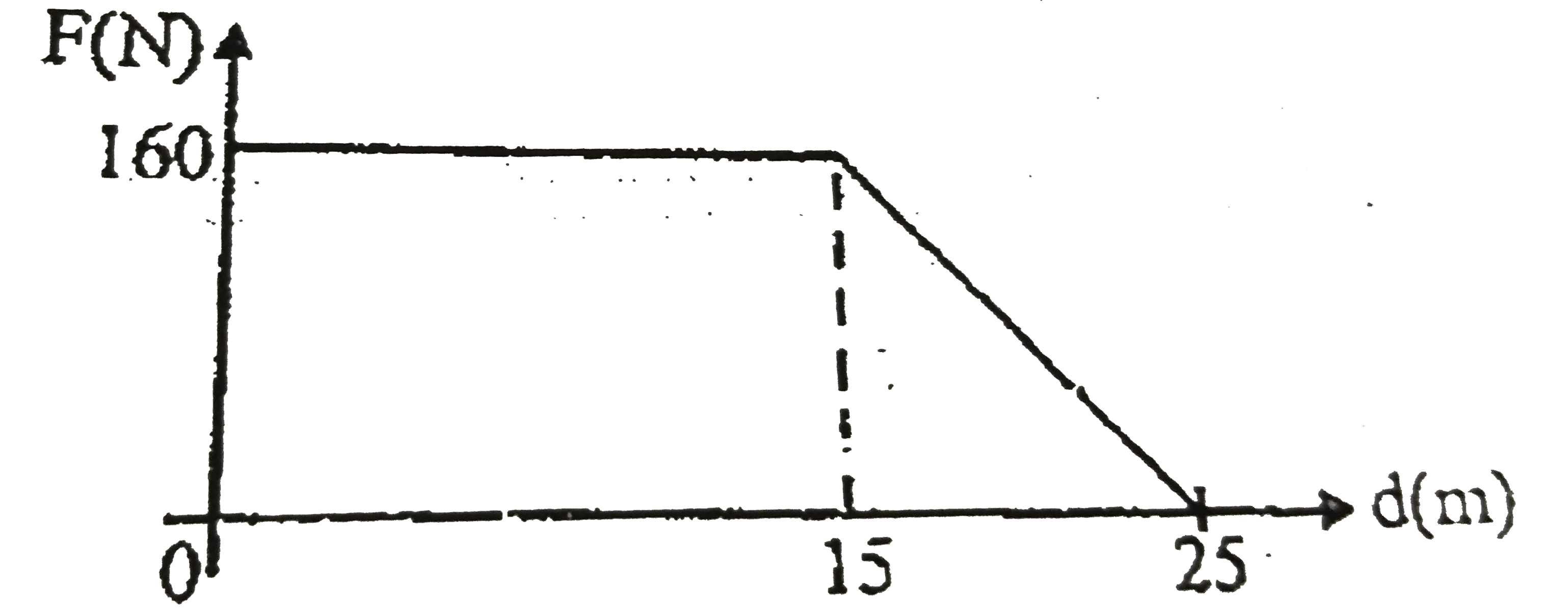A cyclist is travelling at 15 m s−1 . She applies brakes so that she does not collide with a wall 18 m away. What deceleration must she have ?
62.5 m s−2
Topper's Solved these Questions
- MOTION BOOK - LAKHMIR SINGH & MANJIT KAURCHAPTER - MOTION EXERCISE - SAMPLE PROBLEM
1 Videos
- MOTION BOOK - LAKHMIR SINGH & MANJIT KAURCHAPTER - MOTION EXERCISE - VERY SHORT ANSWER TYPE QUESTIONS
3 Videos
- MODEL TEST PAPER 5BOOK - LAKHMIR SINGH & MANJIT KAURCHAPTER - MODEL TEST PAPER 5EXERCISE - Section B
2 Videos
- SOUNDBOOK - LAKHMIR SINGH & MANJIT KAURCHAPTER - SOUNDEXERCISE - Value Based Questions
20 Videos
Similar Questions
A driver travelling at 90 kph applied the brakes for 5 s. If the braking acceleration was 2m/s2, what was her final speed ?
View SolutionA car is travelling at 20 m/s along a road. A child runs out into the road 50 m ahead and the car driver steps on the brake pedal. What must the car's deceleration be if the car is to stop just before it reaches the child ?
View Solution
Knowledge Check
A cylist travelling at 10m/s applies brakes and stops in 25m m. The graph shows the magnitude of the braking force versus the distance travelled.

What is the total mass of bike and cyelist?A20 kgB40kgC64 kgD80kgA crate rests on the flatbed of a truck that is initially traveling at 15 m/s on a level road. The driver applies the brakes and the truck is brought to a halt in a distance of 38 m. If the deceleration of the truck is constant, what is the minimum coefficient of friction between the crate and the truck that is required to keep the crate from sliding?
A0.20B0.39C0.30D0.59A car is traveling at 7.0 m/s when the driver applies the brakes. The car moves 1.5 m before it comes to a complete stop. It the car had been moving at 14 m/s, how far would it have continued to move after the brakes were applied ? Assume the braking force is constant .
A1.5mB4.5mC7.5mD6.0m
Mrs. Sharma has 24 apples. She uses 14 of them. How many apples does she use? How many does she have left?
View SolutionOn turning a corner, a motorist rushing at 44ms−1 finds a child on the road 100m away. He applies the brakes so as to stop the motorcar within 1m of the child. Calculate the time required to stop.
View SolutionTwo trains A and B are approaching each other on a straight track, the former with a uniform velocity of 25 m/s and other with 15m/s, when they are 225 m a part brakes are simultaneously applied to both of them. The deceleration given by the brakes to thetrain B increases linearly with time by 0.3m/s2 every second, while the train A is given a uniform deceleration, (a) What must be the minimum deceleration of the train A so that the trains do not collide ? (b) What is the time taken by the trains to come to stop ?
View SolutionWhen a car driver travelling at a speed of 10 m/s applies brakes and brings the car to rest in 20 s, then retardation will be :
View SolutionA train approaches a small town with constant velocity of +28.6 m/s. The operator applies the brake, reducing the train's velocity to +11.4 m/s . If the average acceleration of the the train during braking is −1.35m/s2, for what elapsed time does the operator apply the brake ?
View Solution
